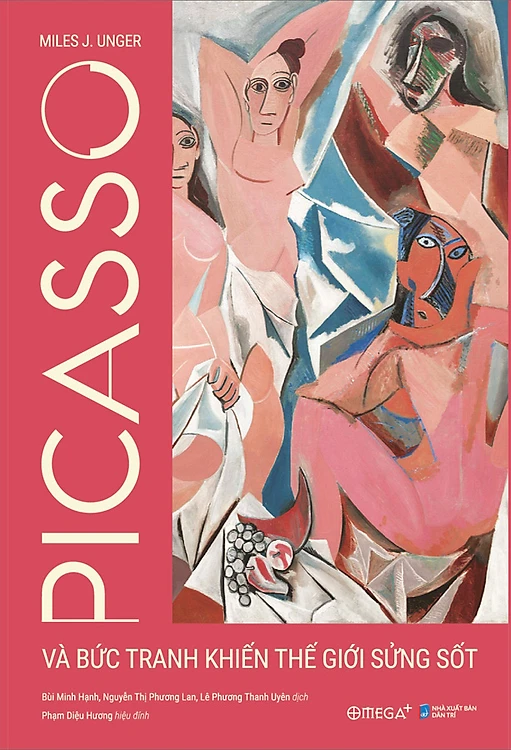What do you think?
Rate this book


600 pages, Hardcover
Published June 25, 2022
The hope of those years, the faith in progress—that humankind that would move forever onward and upward until we had reached a perfected future—died in the trenches on the western front, in the gas chambers of Auschwitz, at Hiroshima and Nagasaki, and in the Twin Towers in lower Manhattan. Remembering the promise with which the new century had begun made the betrayal seem all the more bitter. For Picasso, and for all who lived through these troubled times, the myth of a lost golden age has grown more powerful with each passing year, its distant glow casting ever-longer shadows on the age to come. (p. 405)